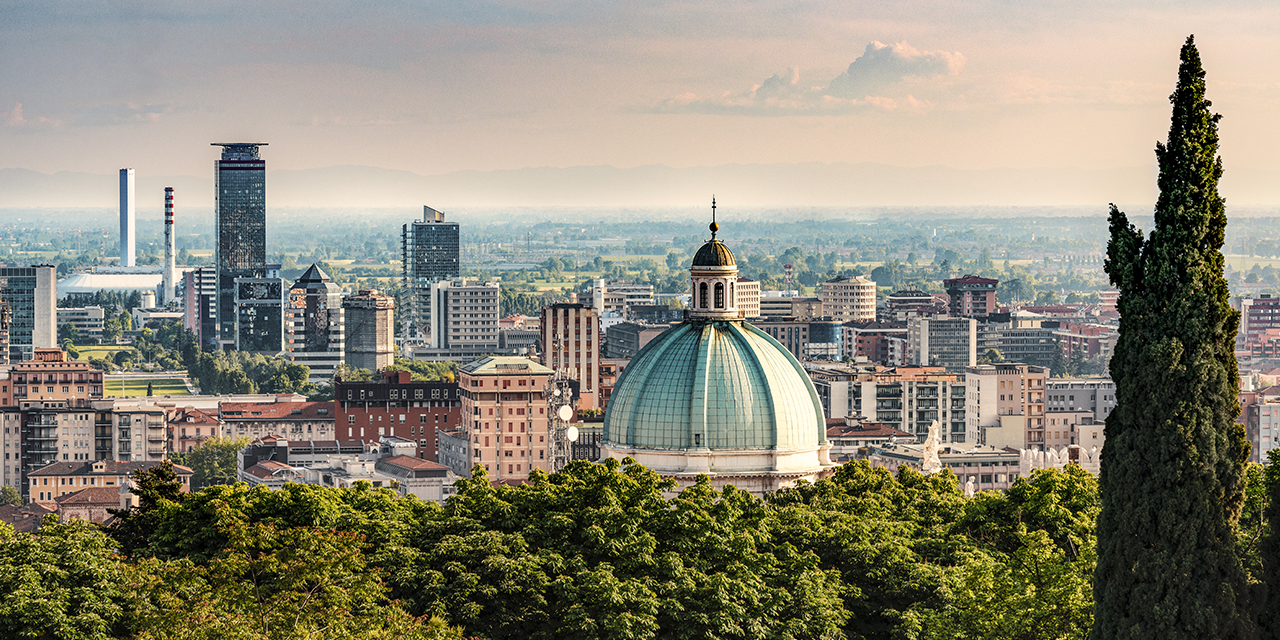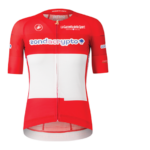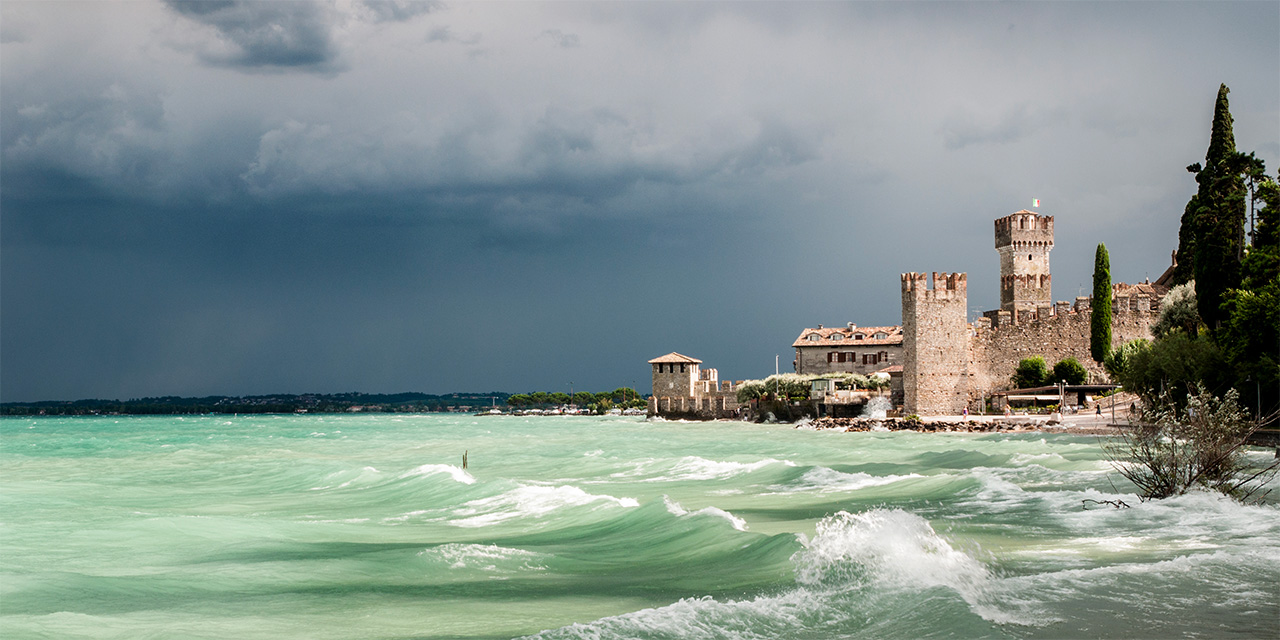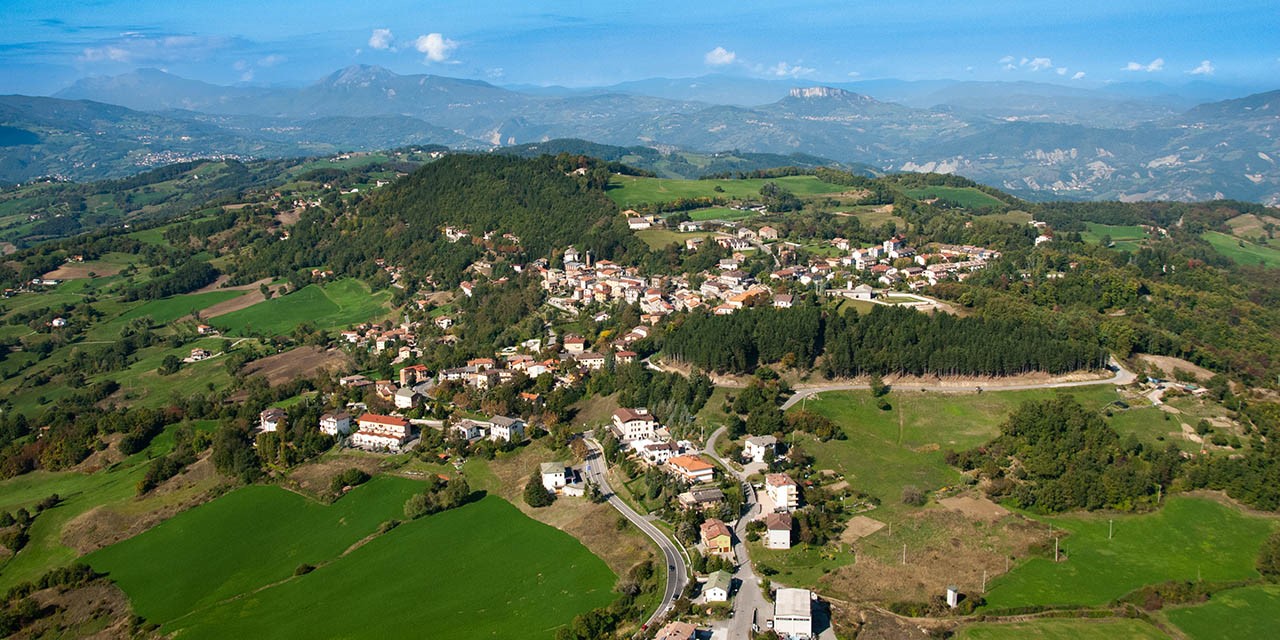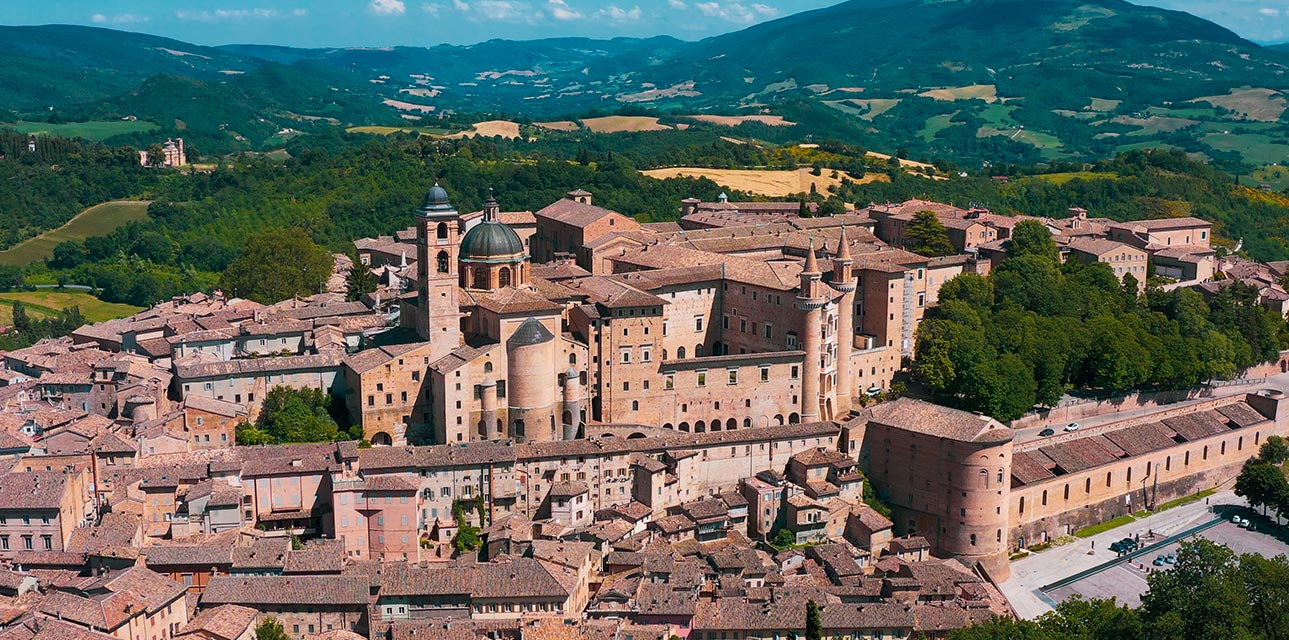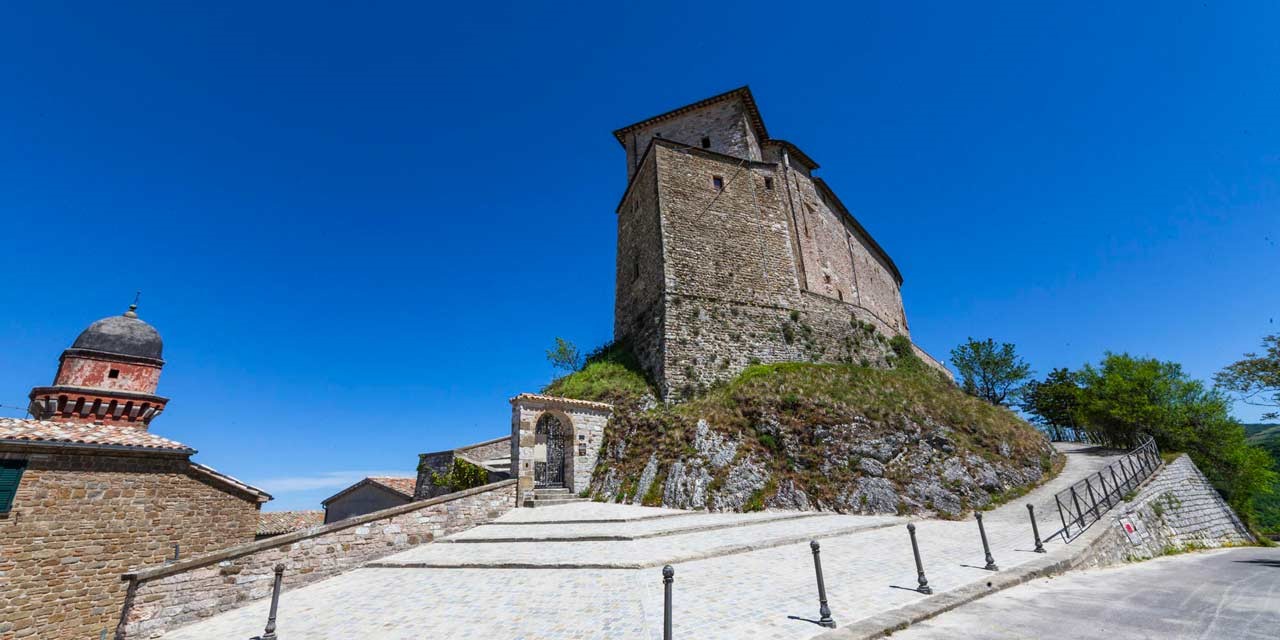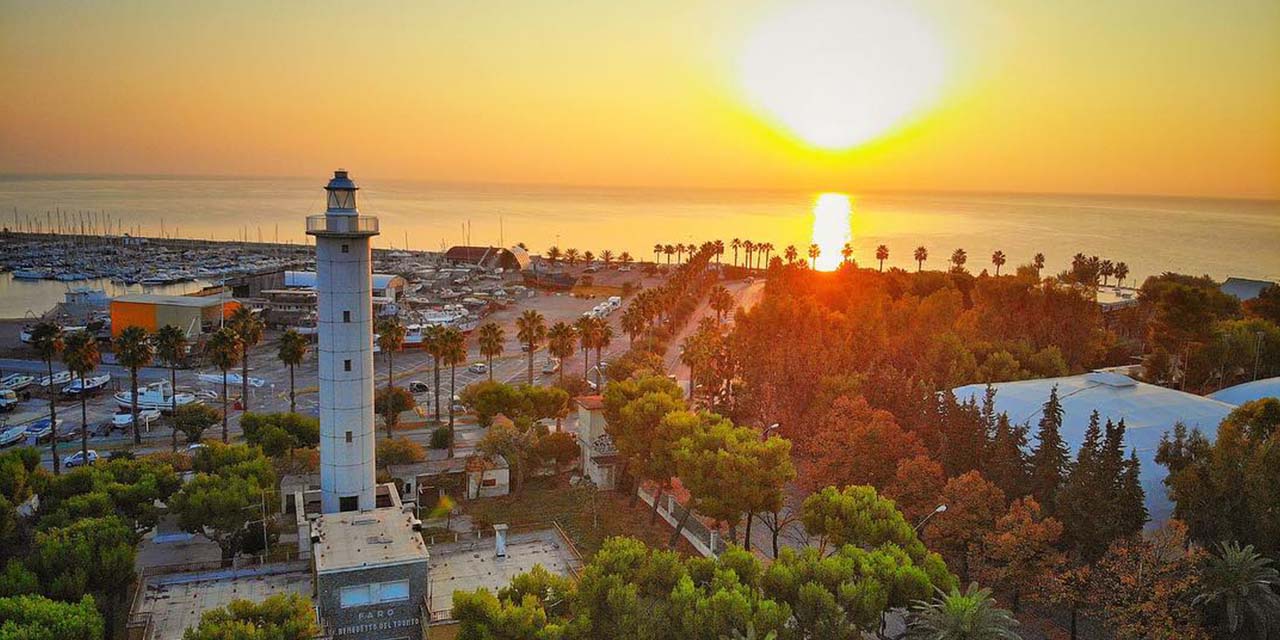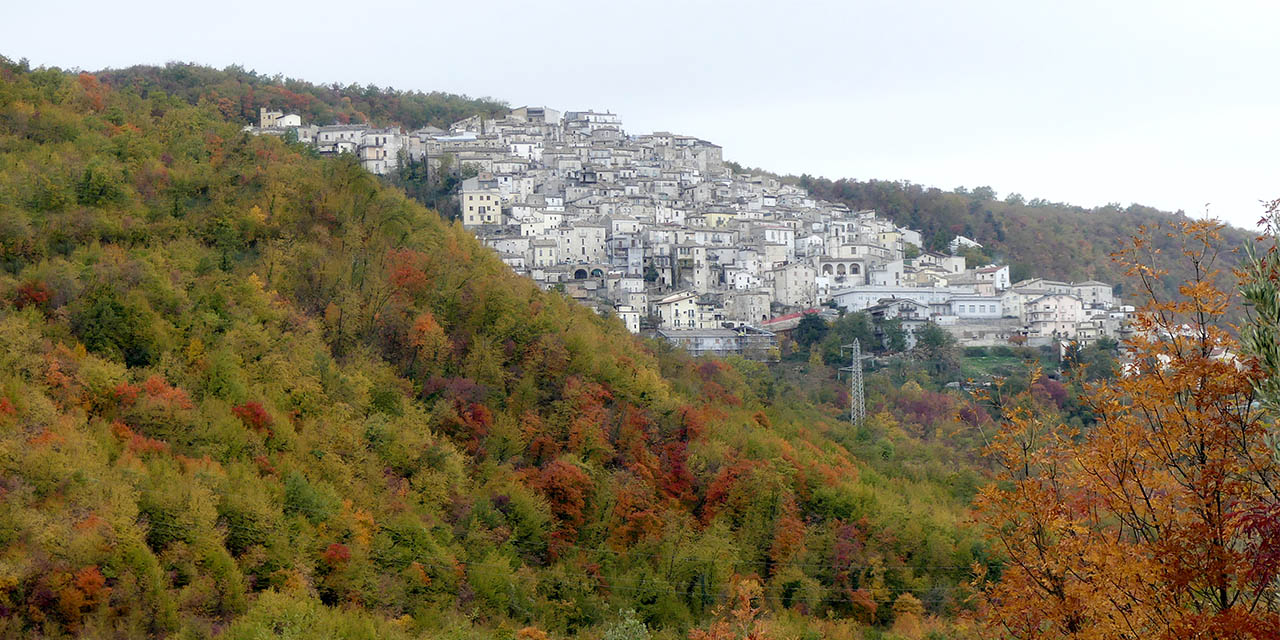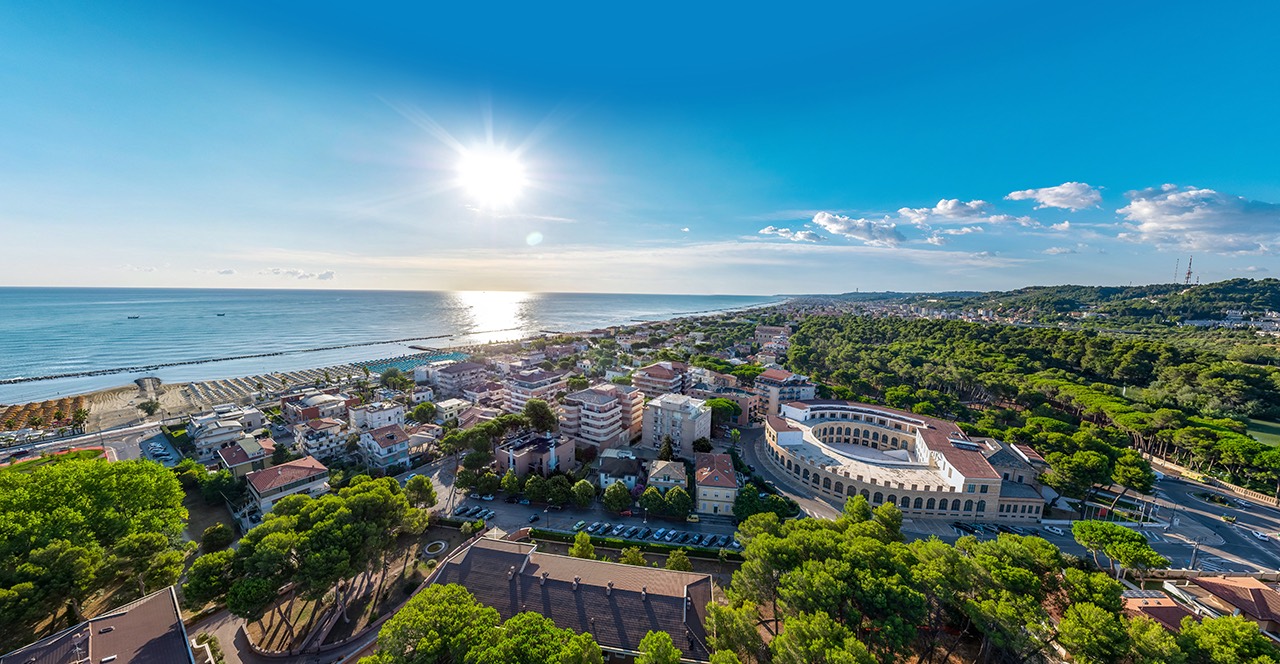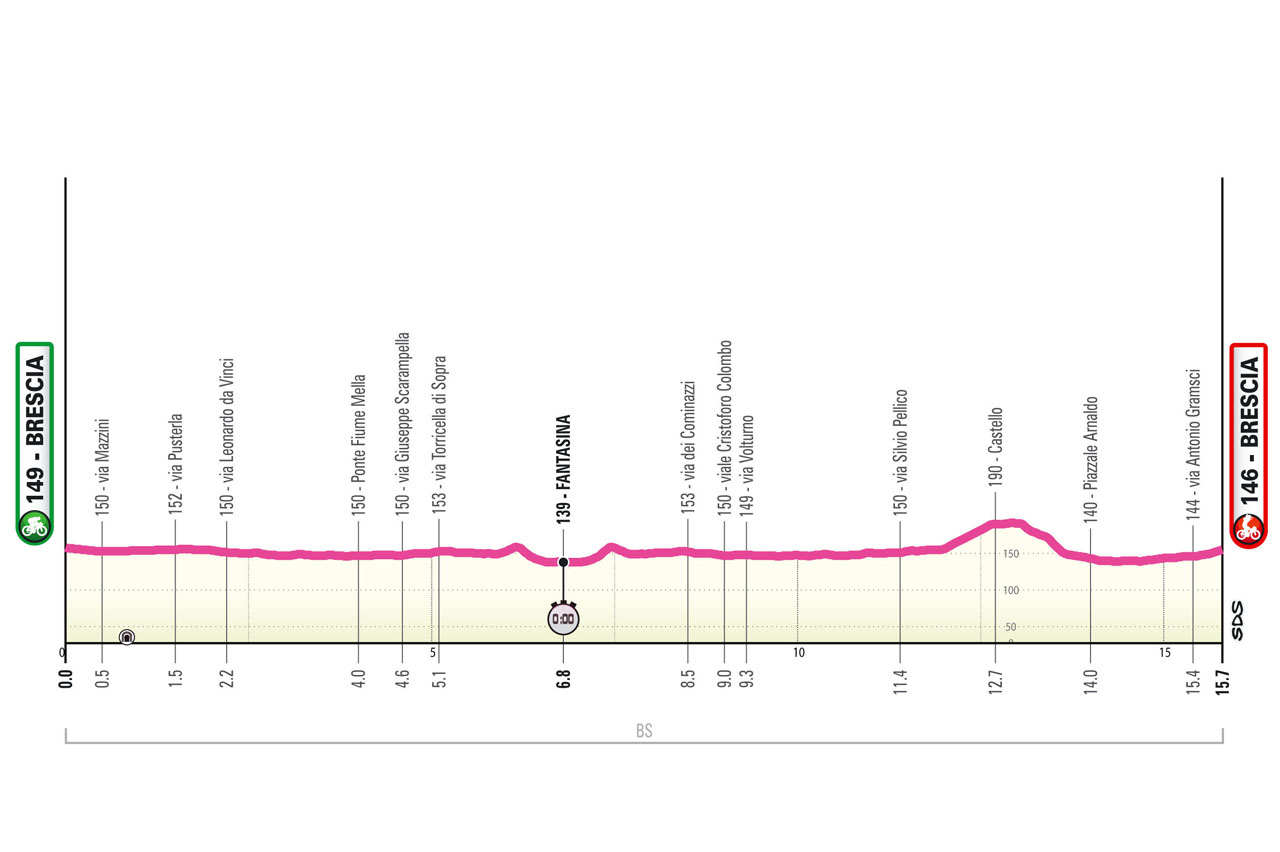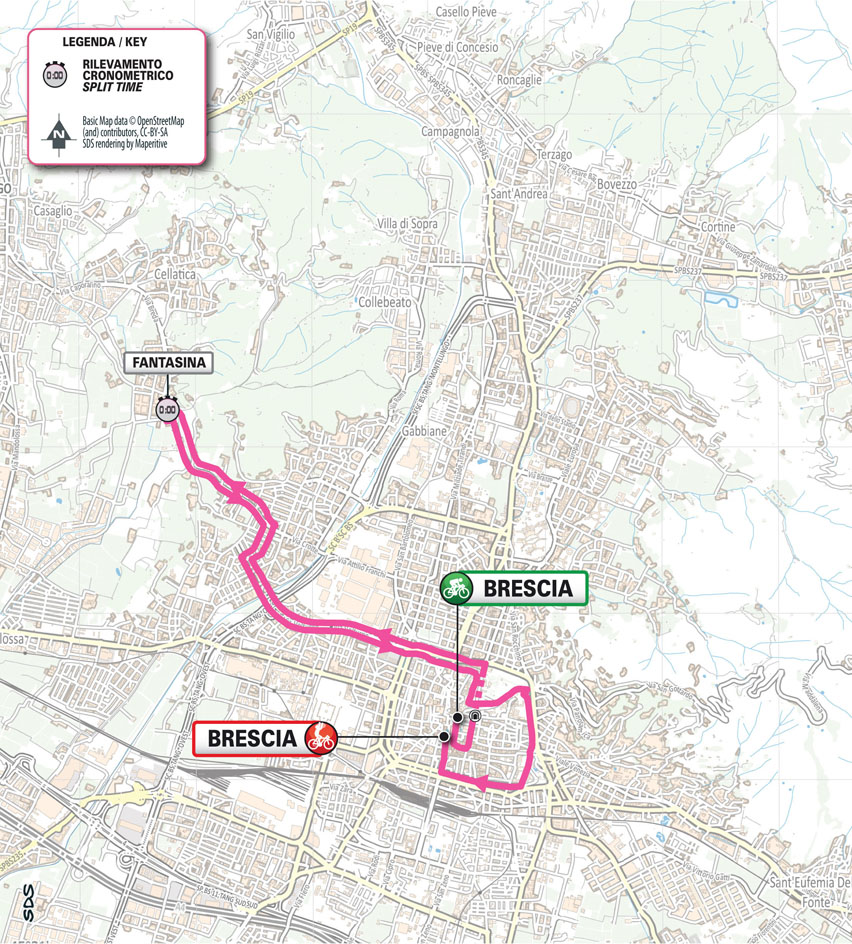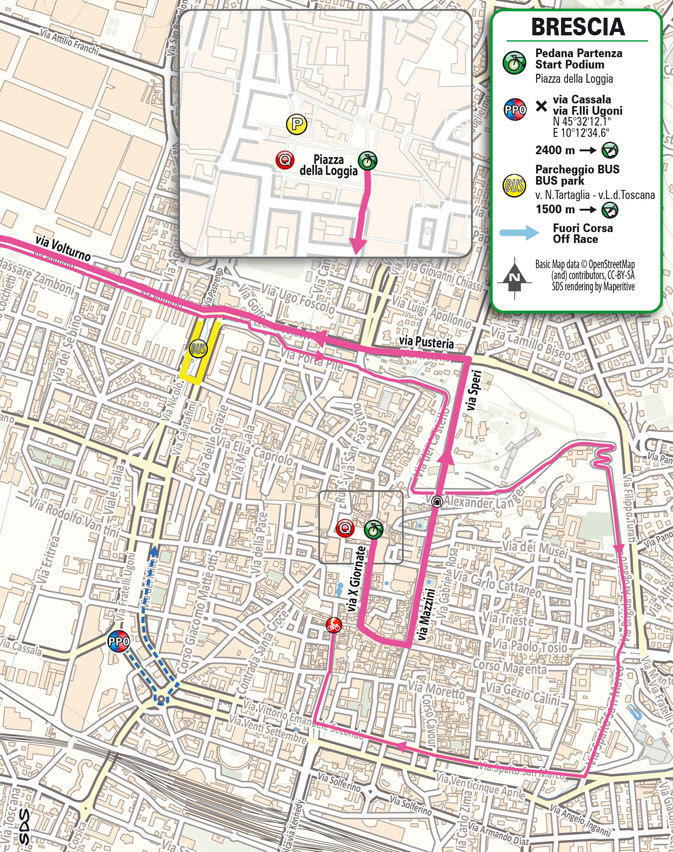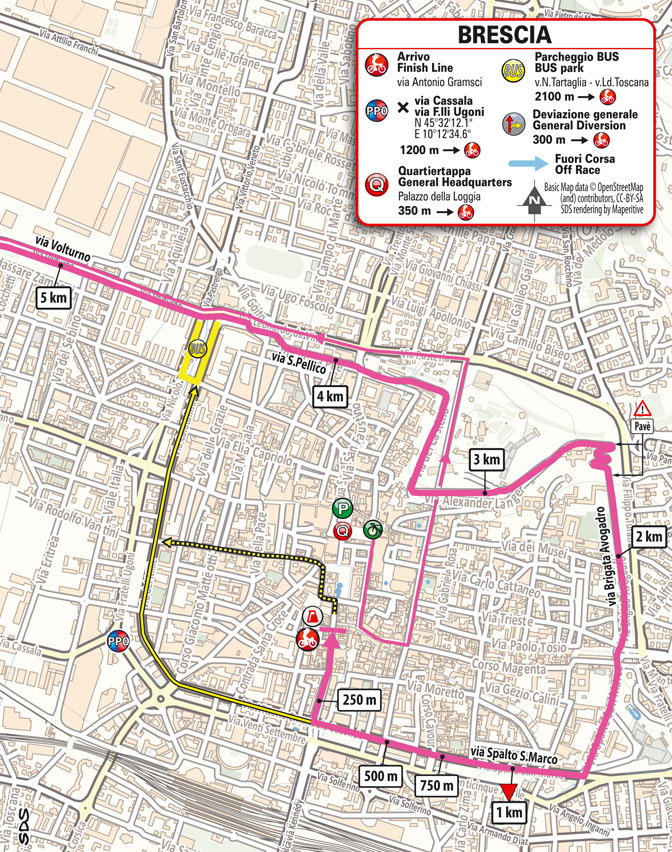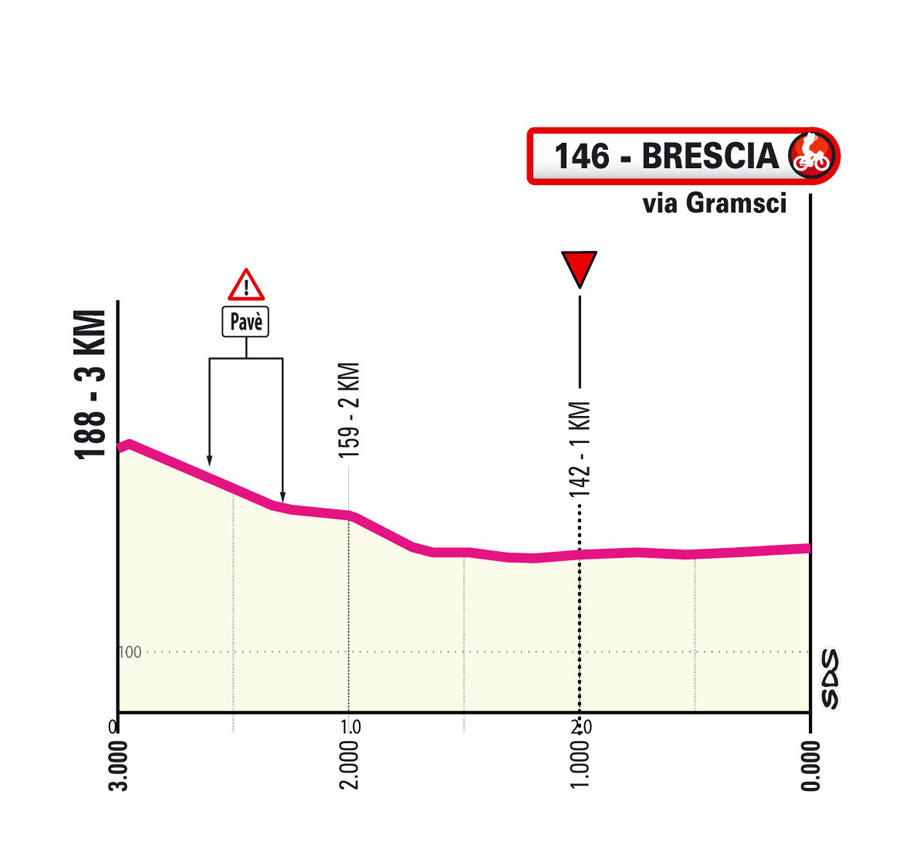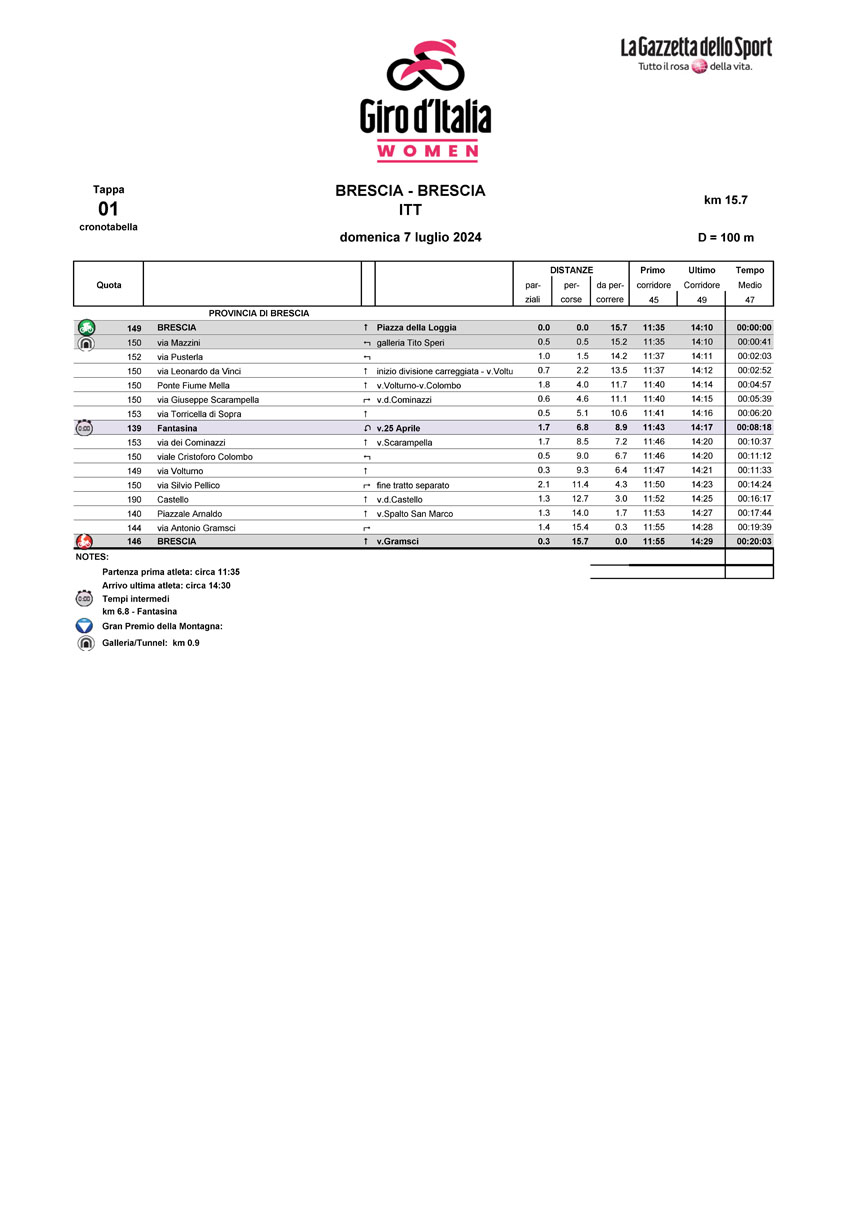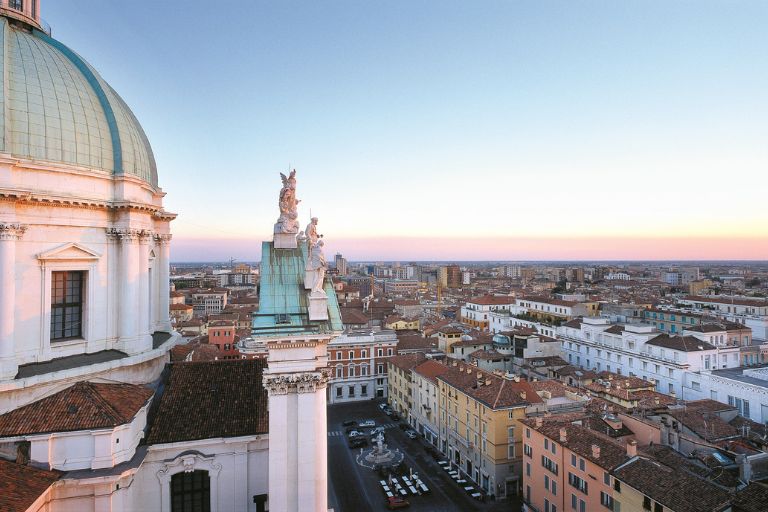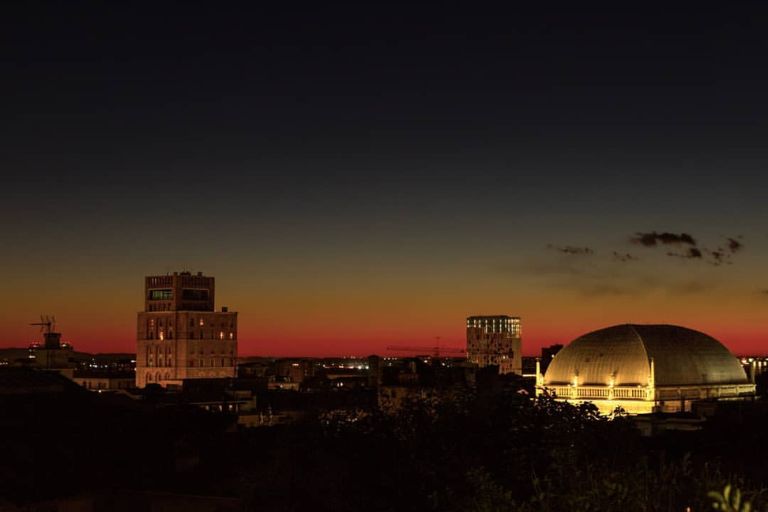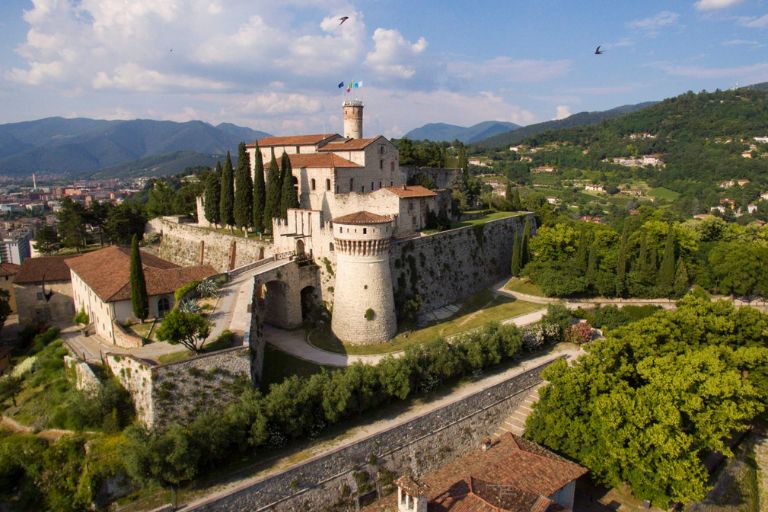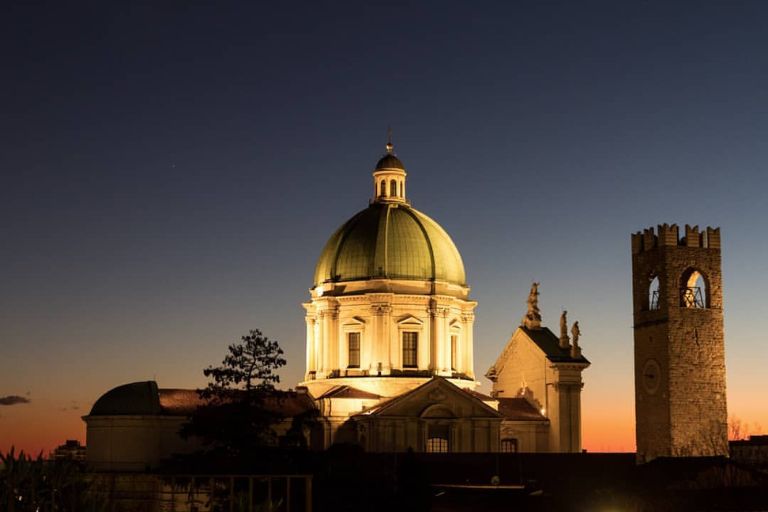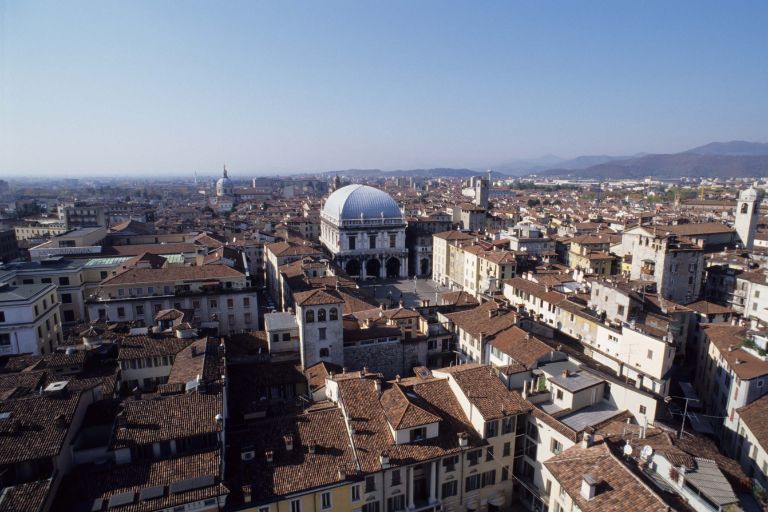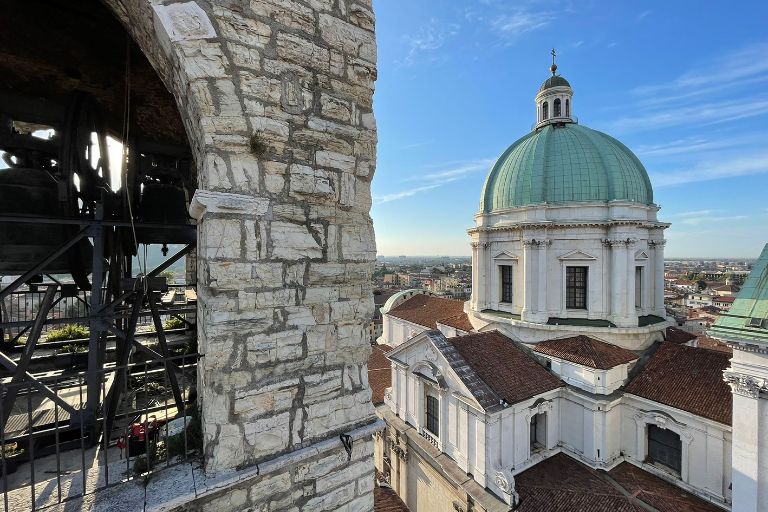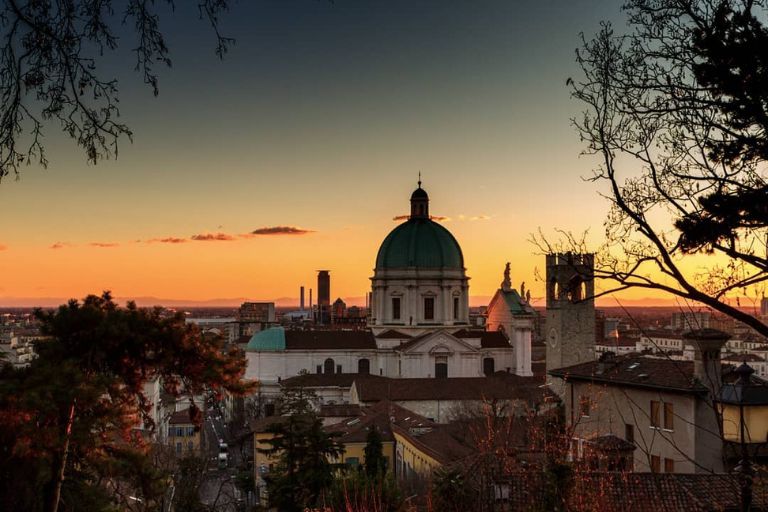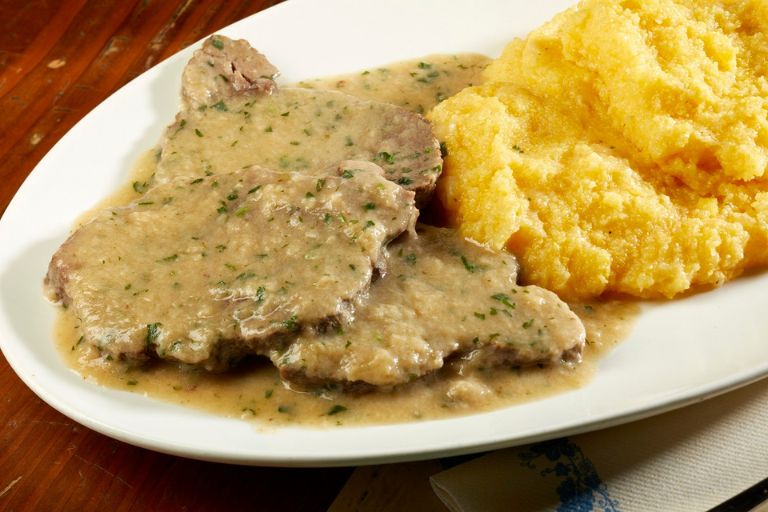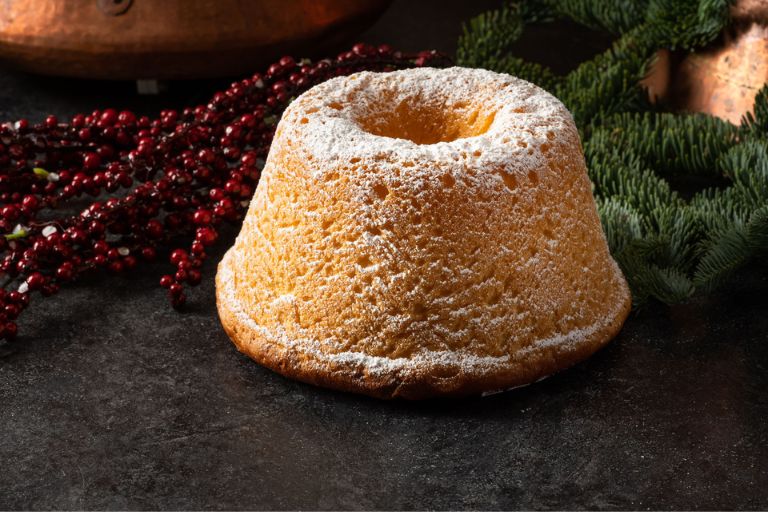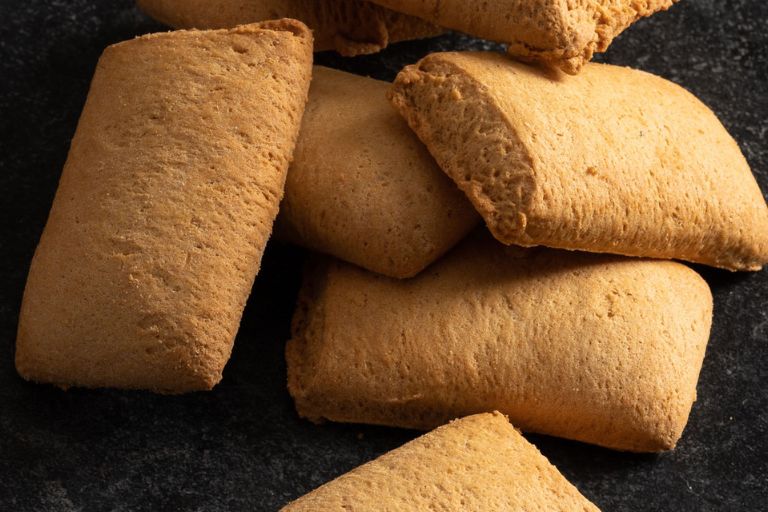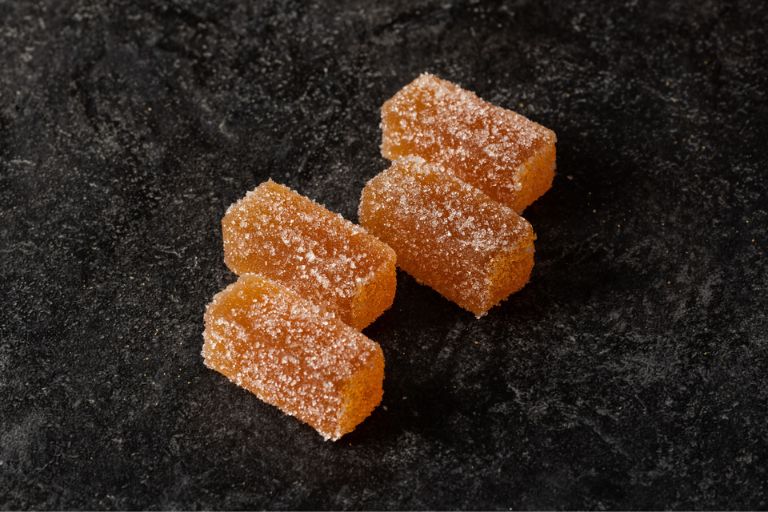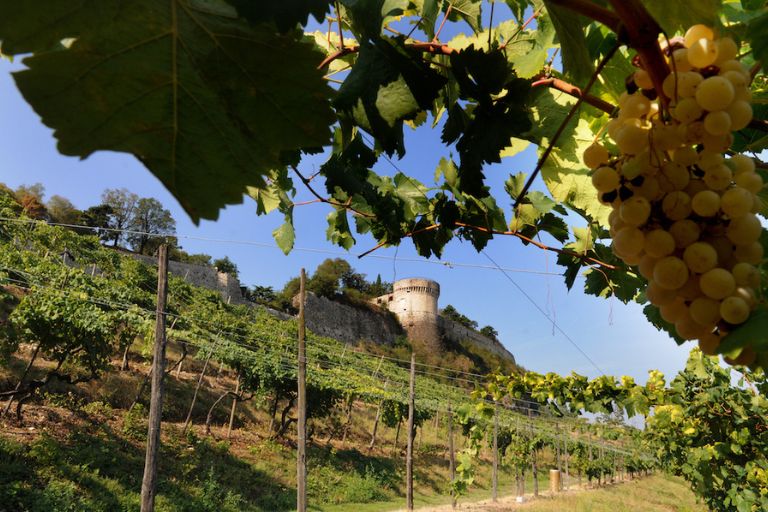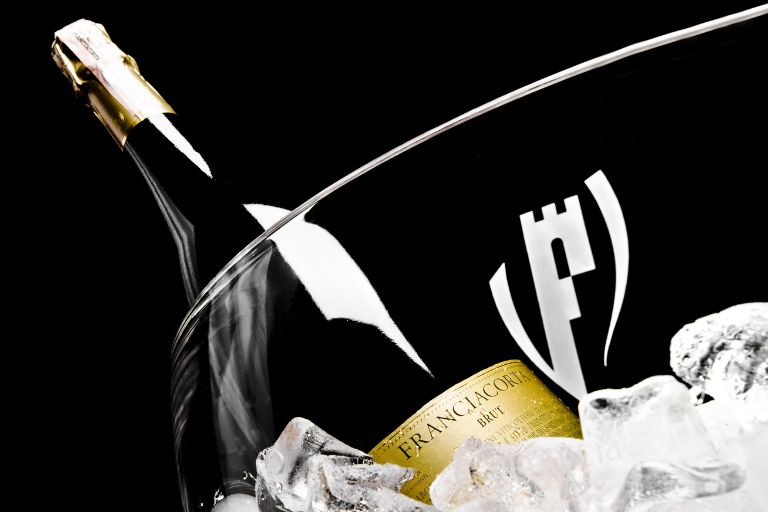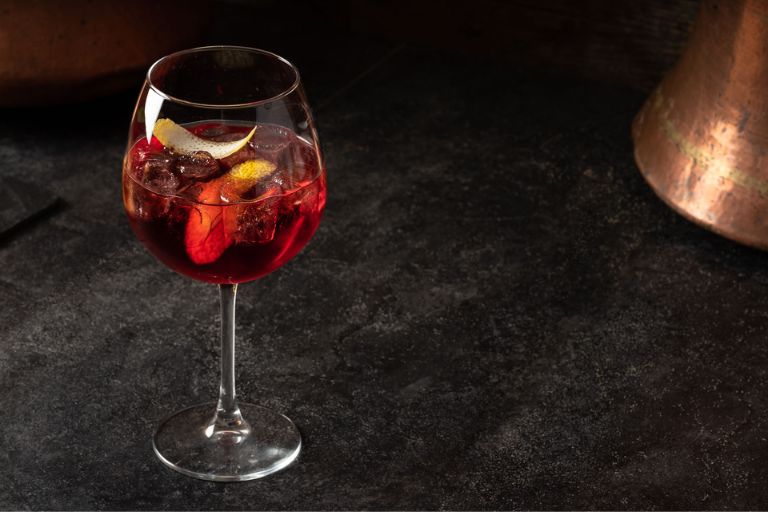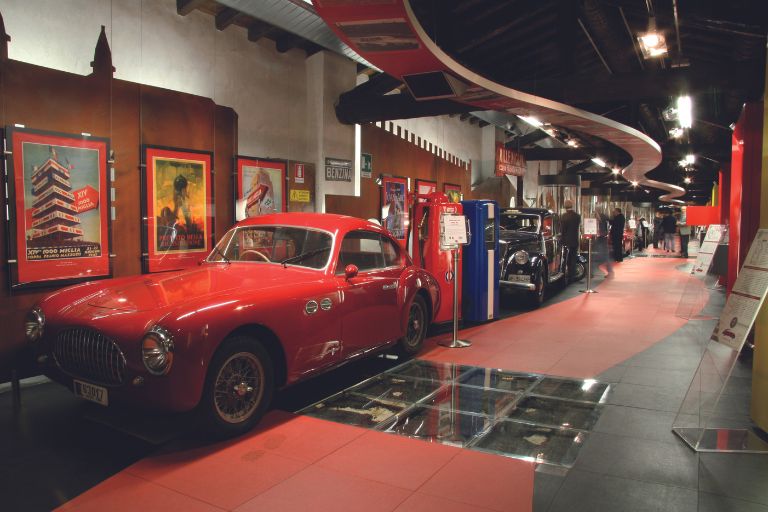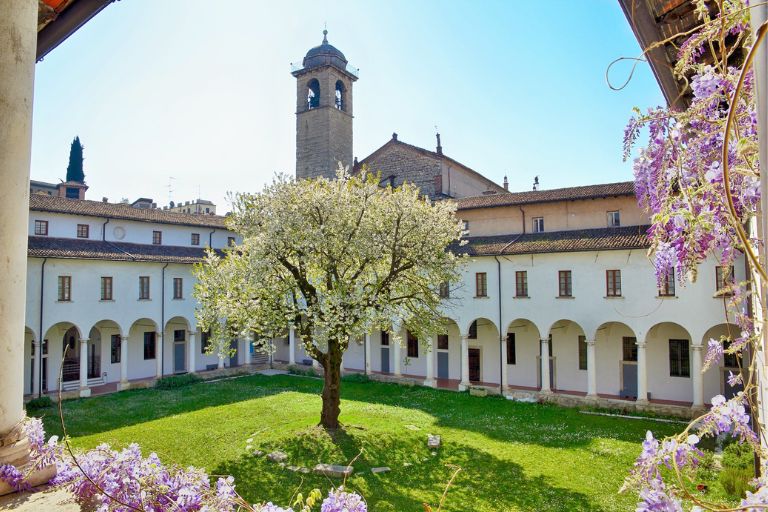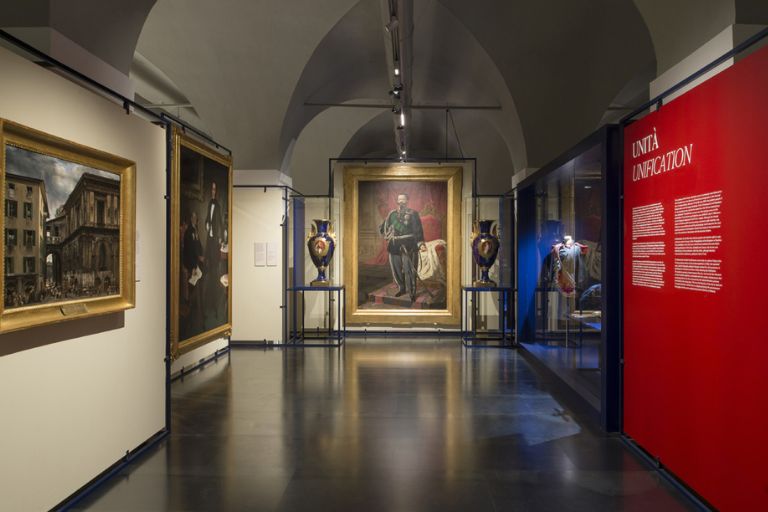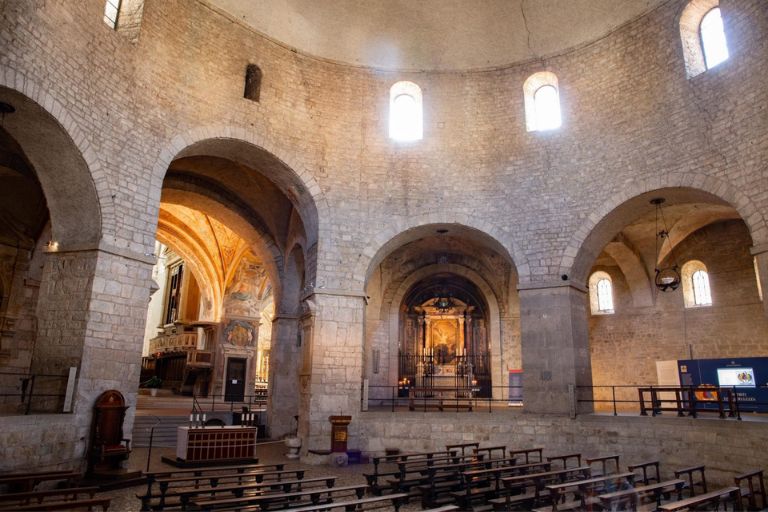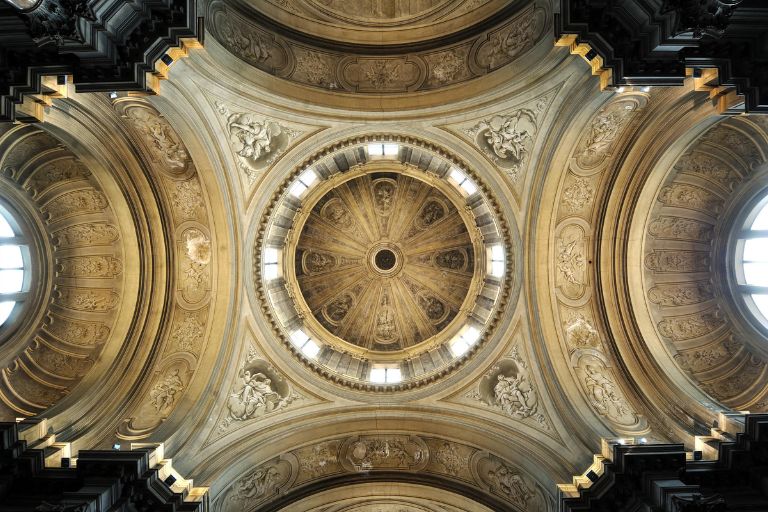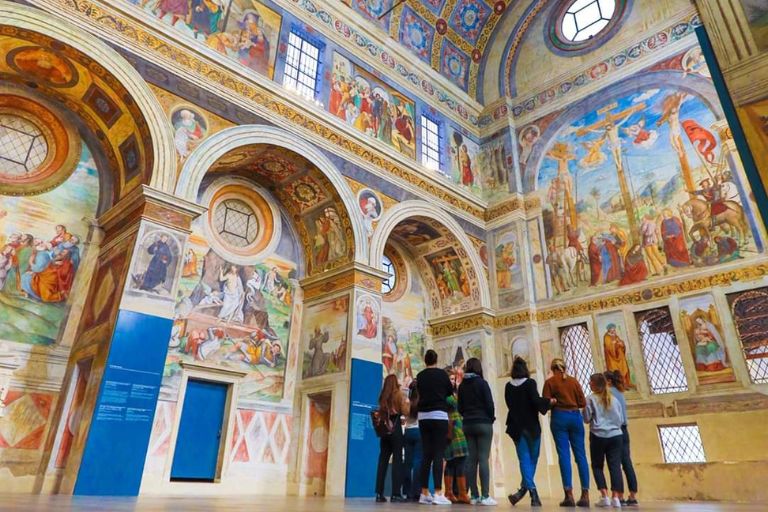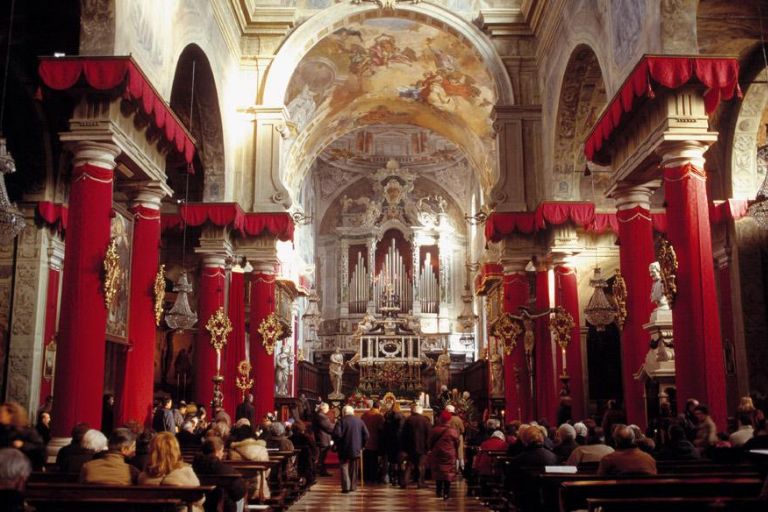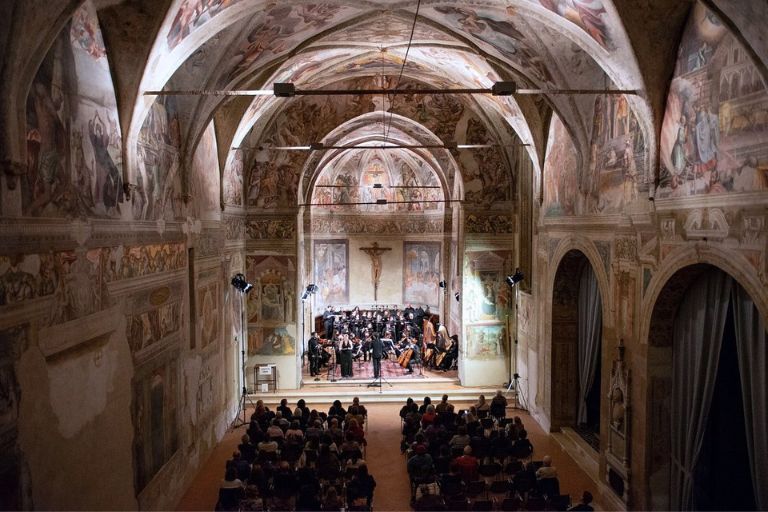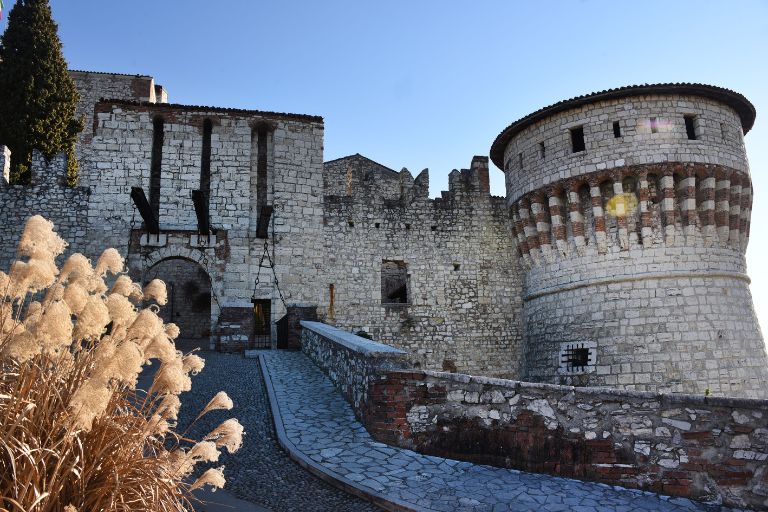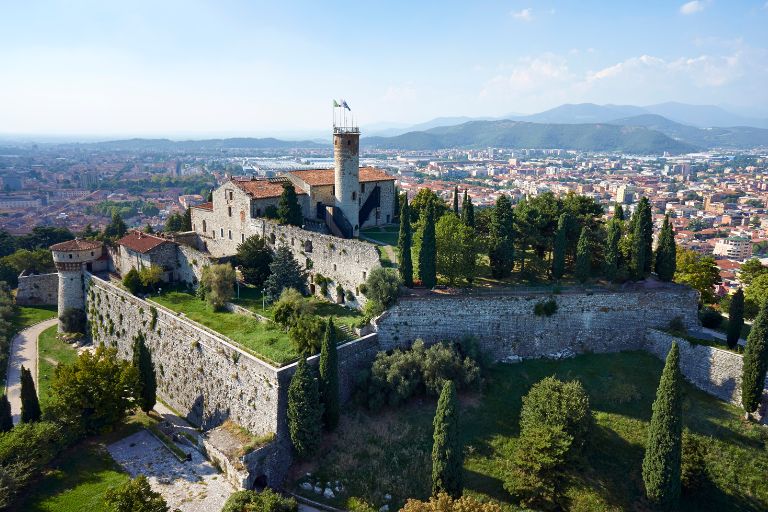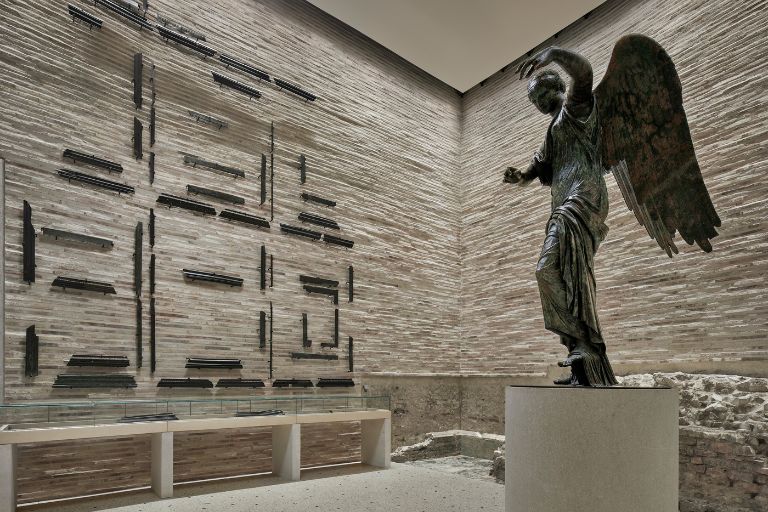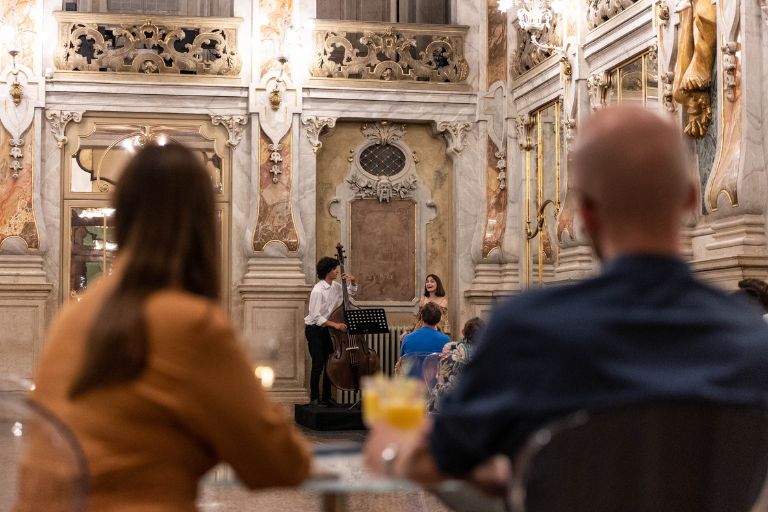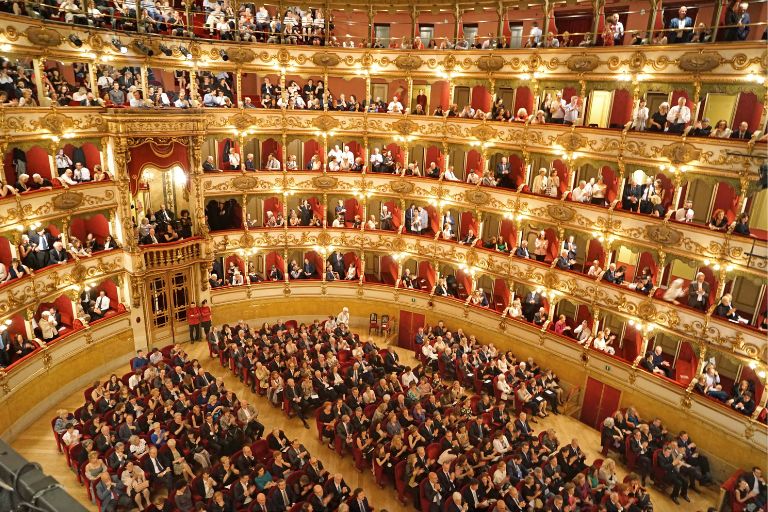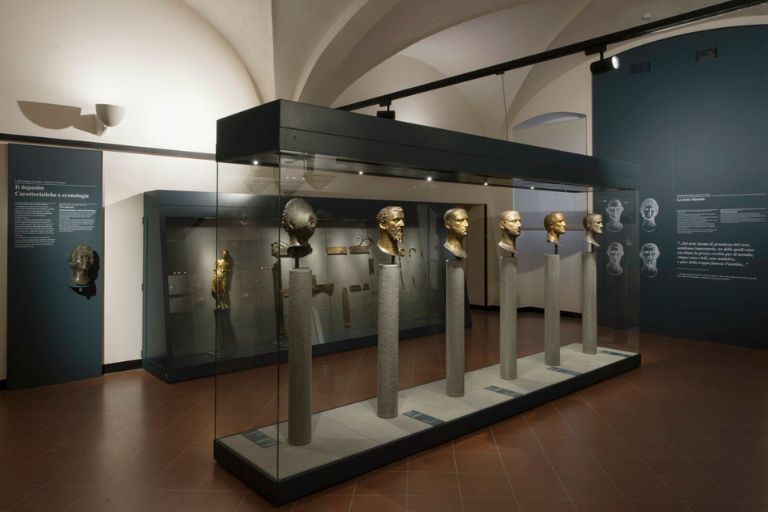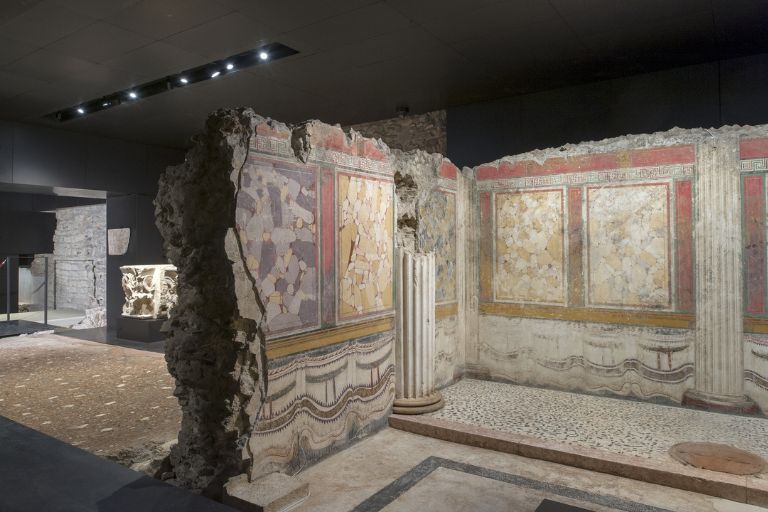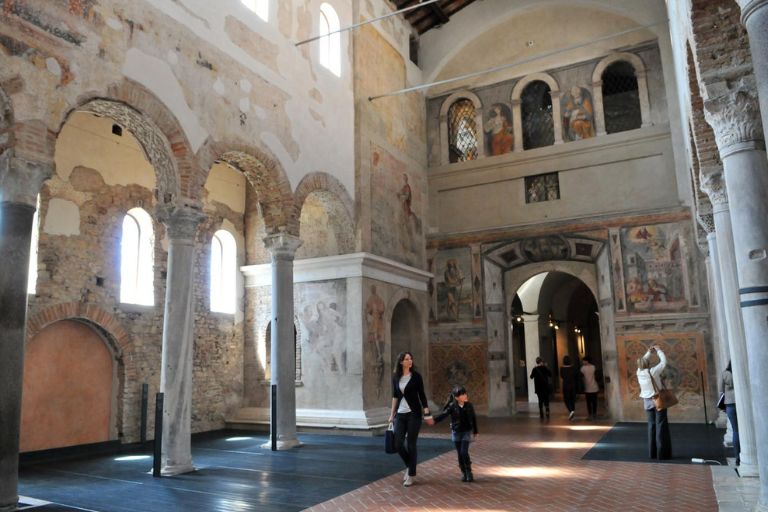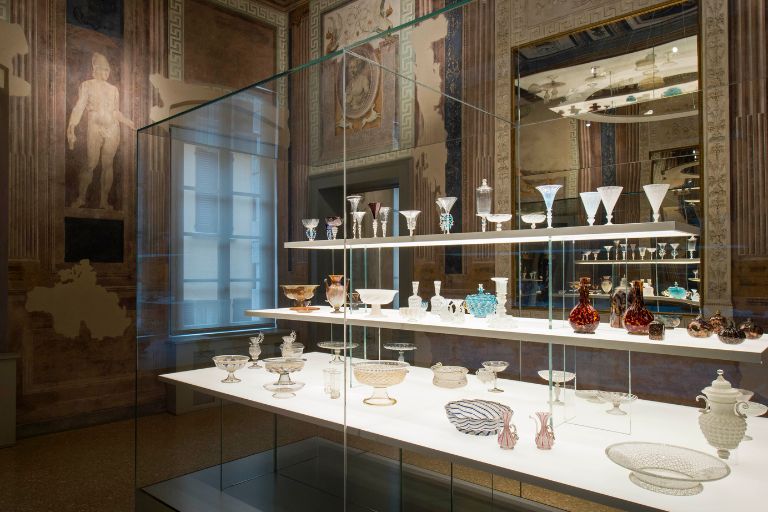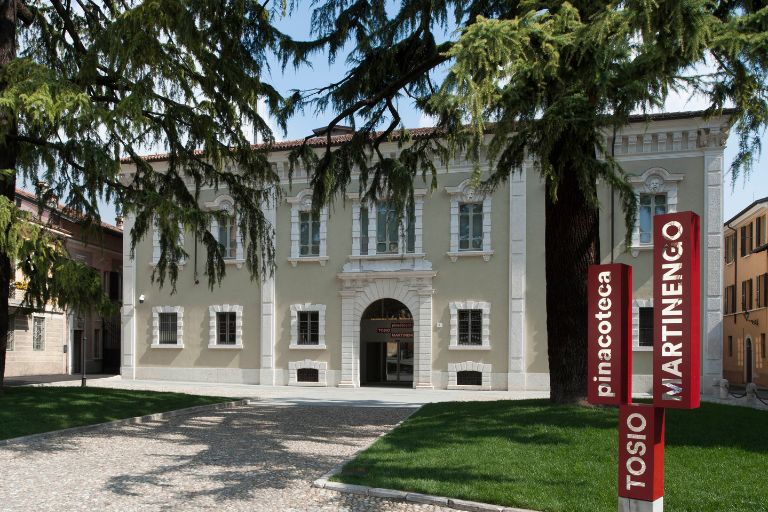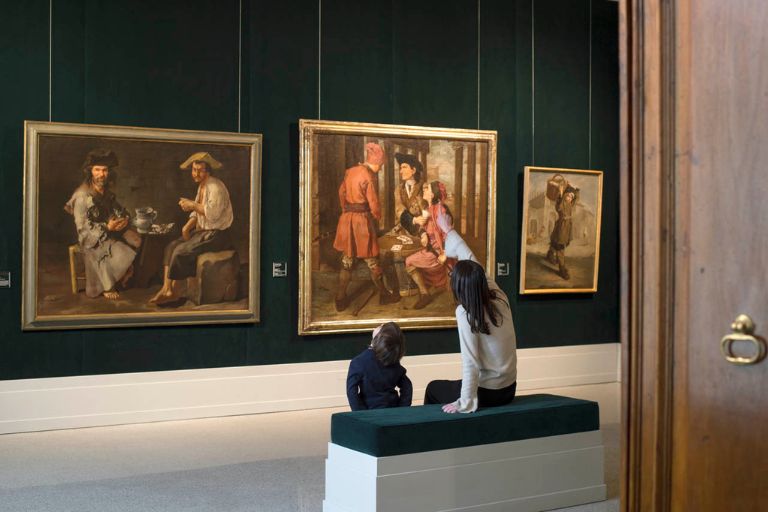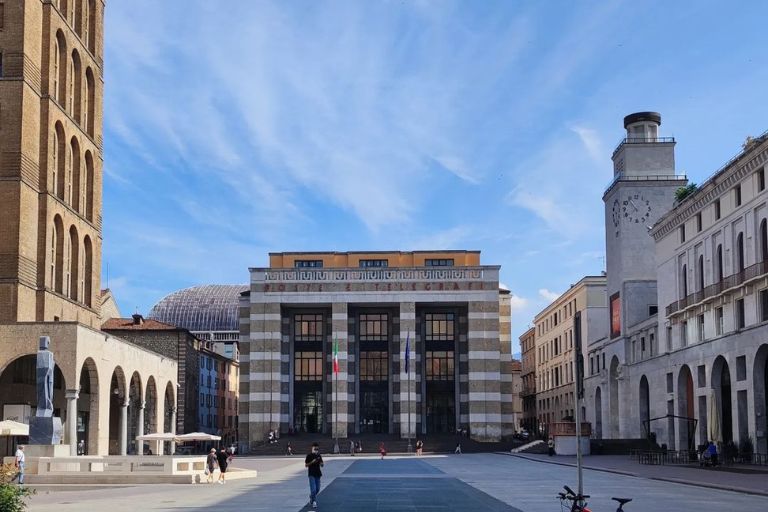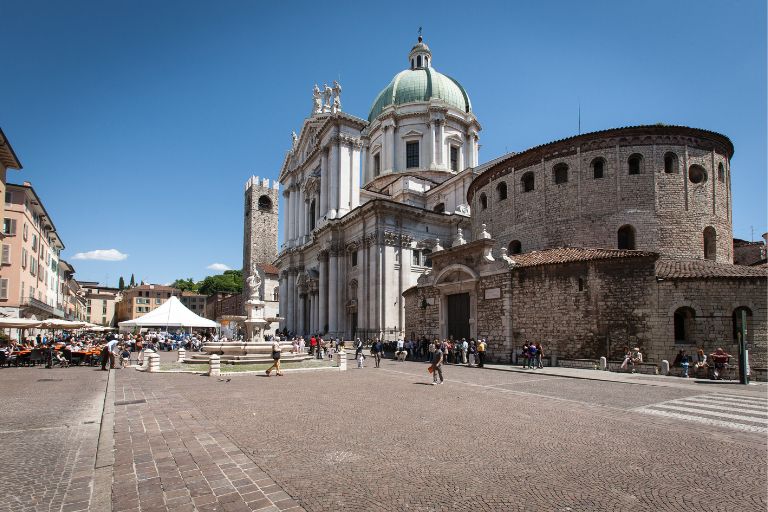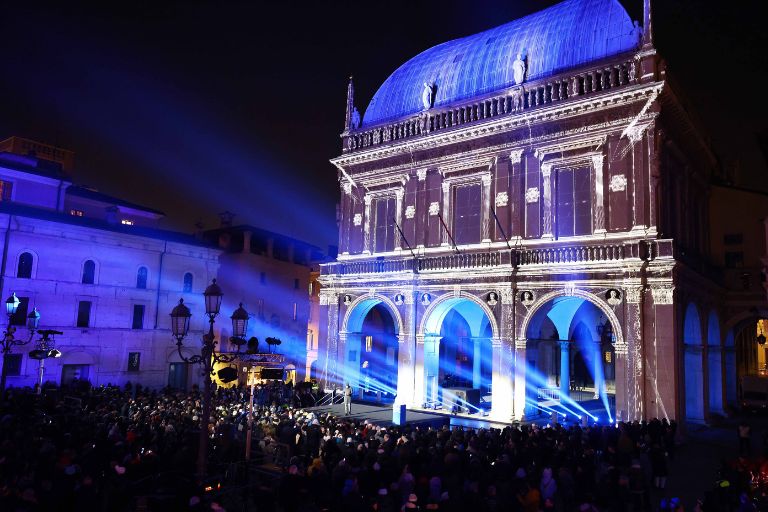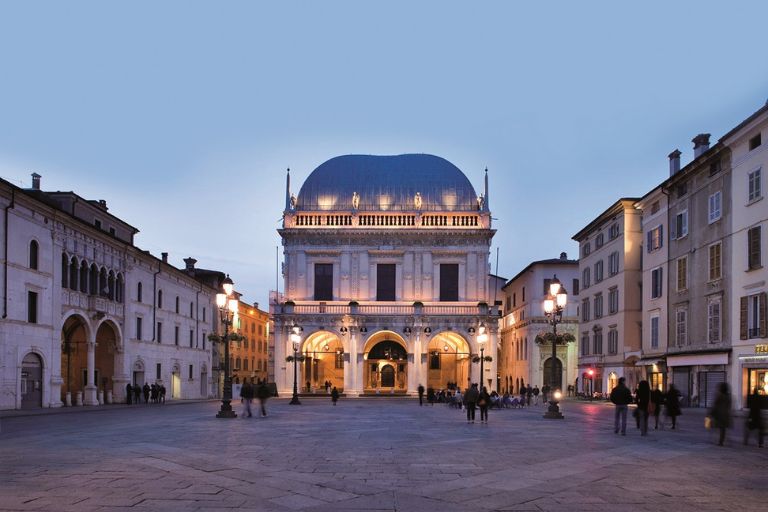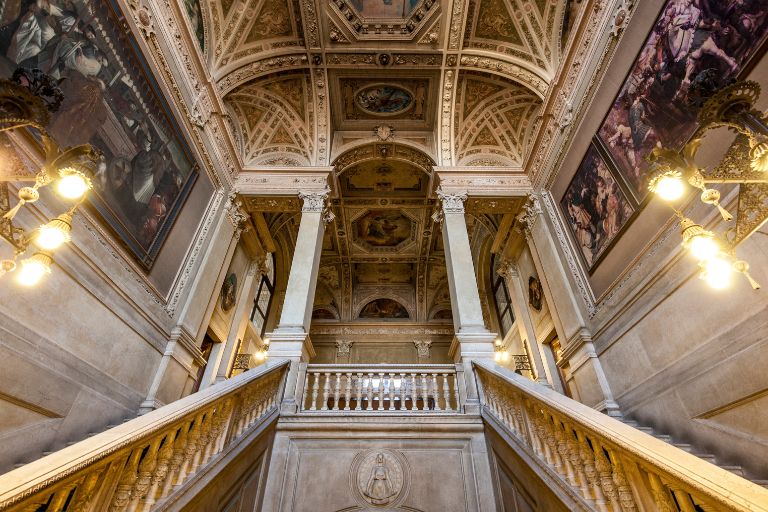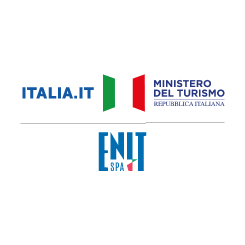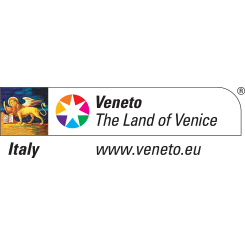profile
map
technical info
The race opens with a 14.6km individual TT in the city of Brescia. Starting from the Stadium, the first part goes over the river Mella along almost pan-flat straight roads interspersed with roundabouts. After the second passage over the Mella, the riders enter the city centre, reaching the Castle, which represents the only short asperity of the race. Descent towards the historic centre and finish in Piazza della Loggia.
Last kilometres
The last 3 kilometres begin with the ascent of the Castle. The descent features four hairpin bends in cobblestones. Flat finish along wide, straight avenues.
start / finish
final kilometres
itinerary timetable
tourist info
Host city:
Brescia
Overview
The city of Brescia is located 149 meters above sea level, at the foot of the Prealps. Known as the “Lioness of Italy,” Brescia boasts a millennia-old history, dating back to the Bronze Age. Its historic centre is a treasure trove of art and architecture, with landmarks such as the Castle, the Old Cathedral, and the Capitolium, the largest Roman archaeological area in northern Italy.
Beyond its rich history, Brescia is a vibrant and modern city with a dynamic cultural and artistic life. The Santa Giulia Museum, one of the largest museum complexes in Italy and part of the UNESCO site “The Longobards in Italy,” offers a fascinating overview of local history and culture. The scenic roads climbing the surrounding hills provide spectacular views and a journey through nature.
Brescia is easily accessible and well-connected, making it an ideal destination for those looking to discover a city that blends past and present, art, innovation, and hospitality.
Food
Brescia, a city rich in history and culture, is also renowned for its exquisite gastronomy, offering a delightful variety of local specialties and traditional dishes that captivate the palates of visitors.
From succulent spiedo and tender beef cooked in oil to savoury game and exquisite cured meats, the Brescia region is abundant with culinary delights. The lake areas boast a rich tradition of fish-based cuisine, featuring dishes like baked stuffed tench and sun-dried aole. Polenta, once a staple food for common people, remains a beloved accompaniment for meat and fish dishes, as well as for the region’s D.O.P. cheeses. Among the first courses, Casonsèi, ravioli filled with eggs, cheese, spinach, or meat, symbolize the gastronomic influence of neighbouring provinces.
New De.Co. Brescian Products: Brescia’s culinary excellences continue to garner acclaim and recognition, with Bossolà, Biscotto Bresciano, Persicata, and Pirlo officially awarded the De.Co. designation! This title, standing for Municipal Denomination, seals the reputation of these four culinary gems and their production methods, linking them to their places of origin and contributing to their importance and valorisation.
- BOSSOLÀ: Made with simple ingredients like eggs, flour, butter, sugar, and yeast, Bossolà is a soft ring cake. The professional benchmark is Maestro Massari’s recipe, which involves five processing stages and seven hours of leavening.
- BISCOTTO BRESCIANO: Imagine your grandmother’s biscuit, add a touch of lightness, give it a delicate flavour, and a slight hint of vanilla… and there you have the Biscotto Bresciano De.Co.! Perfect for dipping and very crumbly.
- PERSICATA: In Brescia, there are two areas particularly suited for peach cultivation: Collebeato and Concesio. Here, peaches harvested in September are used to create Persicata, a delicious jelly cut into bars with the texture of a solid and extremely soft jam.
Wines and Beverage
Brescia also stands out as a land of vineyards, cultivated since Roman times, with a native excellence at the foot of Brescia Castle: the Pusterla Vineyard, Europe’s largest urban vineyard with a millenary history! Prominent Brescian wines include those of Franciacorta, notably the Franciacorta DOCG, the first Italian sparkling wine to receive this prestigious designation. Other notable wines include those of Garda, as well as those of Botticino, Cellatica, and Capriano del Colle, produced on the hills surrounding Brescia.
New De.Co. Brescian Products: Brescia’s culinary excellences continue to garner acclaim and recognition, with Pirlo officially awarded the De.Co. designation! This title, standing for Municipal Denomination, seals the reputation of these culinary gem and its production methods, linking it to its place of origin and contributing to its importance and valorisation.
PIRLO: A staple of Brescia’s aperitifs, served alongside tasty snacks, its recipe is as simple as it is delicious: Campari, still white wine, sparkling mineral water, and a slice of orange.
Points of Interest
Discover the enchanting city of Brescia, a gem in Northern Italy, offering a perfect blend of history, art, and culture. As you wander through its streets, you’ll uncover a wealth of monuments and attractions that make Brescia a must-visit destination for any traveller.
- Roman Archaeological Park: start your journey with a visit to the largest and best-preserved Roman archaeological park in Northern Italy. Here, you can explore the ancient ruins of Brixia, the Roman name for Brescia, and imagine the lives of those who walked these streets thousands of years ago. Key highlights include the majestic Capitolium, a grand temple dedicated to the Roman gods, the Republican Sanctuary and the Roman Theatre.
- Monastery of San Salvatore – Santa Giulia: Brescia’s crown jewel, the Monastery of San Salvatore – Santa Giulia, is a UNESCO World Heritage Site that cannot be missed. This former sacred sanctuary has been transformed into a museum showcasing over 11,000 pieces of art, spanning from prehistoric times to the Renaissance. As you stroll through its halls, you’ll embark on a journey through time, marvelling at the rich cultural heritage of the city.
- Brescia Castle: perched atop Cidneo Hill, the Brescia Castle offers more than just a historical experience; it provides a stunning panoramic view of the city. This imposing fortress, once a powerful stronghold, now serves as a verdant oasis perfect for relaxation. Within its ancient walls, you’ll find museums, exhibitions, and a calendar of events that bring the castle to life.
- Mille Miglia Museum: for car enthusiasts, a visit to the Mille Miglia Museum is essential. Brescia is home to the Mille Miglia, the world’s most beautiful vintage car race. The museum celebrates this iconic event with an impressive collection of classic cars and memorabilia, tracing the history of the race from its inception to the present day.
- Piazza Paolo VI: experience medieval splendour at Piazza Paolo VI, where civic and religious power converge. This square features two stunning cathedrals: the Duomo Vecchio (Old Cathedral), a remarkable example of Romanesque architecture, and the Duomo Nuovo (New Cathedral), with its impressive Baroque facade.
- Piazza della Loggia is a testament to Venetian influence in Brescia. The square is dominated by the elegant Palazzo della Loggia, adorned with beautiful porticos. Don’t miss the Torre dell’Orologio, with its splendid astronomical clock, and the Lapidario Romano, which displays decorations, tombstones, and inscriptions from the Roman era.
Brescia
Overview
The city of Brescia is located 149 meters above sea level, at the foot of the Prealps. Known as the “Lioness of Italy,” Brescia boasts a millennia-old history, dating back to the Bronze Age. Its historic centre is a treasure trove of art and architecture, with landmarks such as the Castle, the Old Cathedral, and the Capitolium, the largest Roman archaeological area in northern Italy.
Beyond its rich history, Brescia is a vibrant and modern city with a dynamic cultural and artistic life. The Santa Giulia Museum, one of the largest museum complexes in Italy and part of the UNESCO site “The Longobards in Italy,” offers a fascinating overview of local history and culture. The scenic roads climbing the surrounding hills provide spectacular views and a journey through nature.
Brescia is easily accessible and well-connected, making it an ideal destination for those looking to discover a city that blends past and present, art, innovation, and hospitality.
Food
Brescia, a city rich in history and culture, is also renowned for its exquisite gastronomy, offering a delightful variety of local specialties and traditional dishes that captivate the palates of visitors.
From succulent spiedo and tender beef cooked in oil to savoury game and exquisite cured meats, the Brescia region is abundant with culinary delights. The lake areas boast a rich tradition of fish-based cuisine, featuring dishes like baked stuffed tench and sun-dried aole. Polenta, once a staple food for common people, remains a beloved accompaniment for meat and fish dishes, as well as for the region’s D.O.P. cheeses. Among the first courses, Casonsèi, ravioli filled with eggs, cheese, spinach, or meat, symbolize the gastronomic influence of neighbouring provinces.
New De.Co. Brescian Products: Brescia’s culinary excellences continue to garner acclaim and recognition, with Bossolà, Biscotto Bresciano, Persicata, and Pirlo officially awarded the De.Co. designation! This title, standing for Municipal Denomination, seals the reputation of these four culinary gems and their production methods, linking them to their places of origin and contributing to their importance and valorisation.
- BOSSOLÀ: Made with simple ingredients like eggs, flour, butter, sugar, and yeast, Bossolà is a soft ring cake. The professional benchmark is Maestro Massari’s recipe, which involves five processing stages and seven hours of leavening.
- BISCOTTO BRESCIANO: Imagine your grandmother’s biscuit, add a touch of lightness, give it a delicate flavour, and a slight hint of vanilla… and there you have the Biscotto Bresciano De.Co.! Perfect for dipping and very crumbly.
- PERSICATA: In Brescia, there are two areas particularly suited for peach cultivation: Collebeato and Concesio. Here, peaches harvested in September are used to create Persicata, a delicious jelly cut into bars with the texture of a solid and extremely soft jam.
Wines and Beverage
Brescia also stands out as a land of vineyards, cultivated since Roman times, with a native excellence at the foot of Brescia Castle: the Pusterla Vineyard, Europe’s largest urban vineyard with a millenary history! Prominent Brescian wines include those of Franciacorta, notably the Franciacorta DOCG, the first Italian sparkling wine to receive this prestigious designation. Other notable wines include those of Garda, as well as those of Botticino, Cellatica, and Capriano del Colle, produced on the hills surrounding Brescia.
New De.Co. Brescian Products: Brescia’s culinary excellences continue to garner acclaim and recognition, with Pirlo officially awarded the De.Co. designation! This title, standing for Municipal Denomination, seals the reputation of these culinary gem and its production methods, linking it to its place of origin and contributing to its importance and valorisation.
PIRLO: A staple of Brescia’s aperitifs, served alongside tasty snacks, its recipe is as simple as it is delicious: Campari, still white wine, sparkling mineral water, and a slice of orange.
Points of Interest
Discover the enchanting city of Brescia, a gem in Northern Italy, offering a perfect blend of history, art, and culture. As you wander through its streets, you’ll uncover a wealth of monuments and attractions that make Brescia a must-visit destination for any traveller.
- Roman Archaeological Park: start your journey with a visit to the largest and best-preserved Roman archaeological park in Northern Italy. Here, you can explore the ancient ruins of Brixia, the Roman name for Brescia, and imagine the lives of those who walked these streets thousands of years ago. Key highlights include the majestic Capitolium, a grand temple dedicated to the Roman gods, the Republican Sanctuary and the Roman Theatre.
- Monastery of San Salvatore – Santa Giulia: Brescia’s crown jewel, the Monastery of San Salvatore – Santa Giulia, is a UNESCO World Heritage Site that cannot be missed. This former sacred sanctuary has been transformed into a museum showcasing over 11,000 pieces of art, spanning from prehistoric times to the Renaissance. As you stroll through its halls, you’ll embark on a journey through time, marvelling at the rich cultural heritage of the city.
- Brescia Castle: perched atop Cidneo Hill, the Brescia Castle offers more than just a historical experience; it provides a stunning panoramic view of the city. This imposing fortress, once a powerful stronghold, now serves as a verdant oasis perfect for relaxation. Within its ancient walls, you’ll find museums, exhibitions, and a calendar of events that bring the castle to life.
- Mille Miglia Museum: for car enthusiasts, a visit to the Mille Miglia Museum is essential. Brescia is home to the Mille Miglia, the world’s most beautiful vintage car race. The museum celebrates this iconic event with an impressive collection of classic cars and memorabilia, tracing the history of the race from its inception to the present day.
- Piazza Paolo VI: experience medieval splendour at Piazza Paolo VI, where civic and religious power converge. This square features two stunning cathedrals: the Duomo Vecchio (Old Cathedral), a remarkable example of Romanesque architecture, and the Duomo Nuovo (New Cathedral), with its impressive Baroque facade.
- Piazza della Loggia is a testament to Venetian influence in Brescia. The square is dominated by the elegant Palazzo della Loggia, adorned with beautiful porticos. Don’t miss the Torre dell’Orologio, with its splendid astronomical clock, and the Lapidario Romano, which displays decorations, tombstones, and inscriptions from the Roman era.


